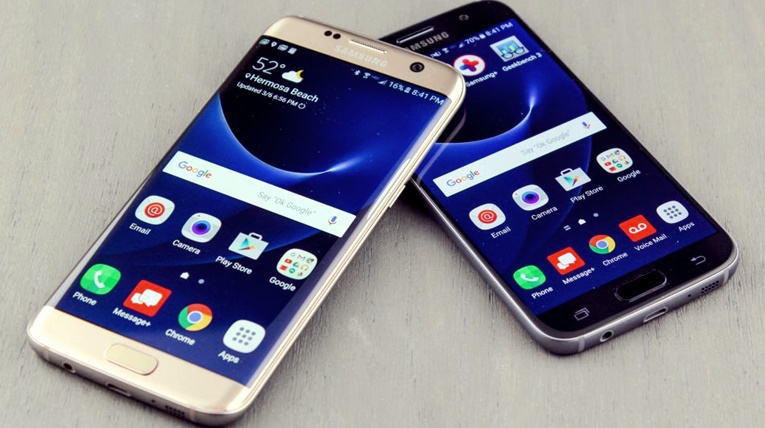The Galaxy S7 and S7 Edge duo have been in the market for a month now and the latest reports by Counterpoint Technology Market Research analysts, after crunching some numbers have discovered, that the flagship devices are outselling their predecessors, the S6, and S6 Edge. Samsung‘s last year’s flagship, the Galaxy S6 had not performed as well as it was anticipated. The S7 duo is easily outperforming its predecessor, despite amiable competition in the smartphone market and the user response is good till now mostly due to the additional features which were missing in the Galaxy S6.

The sales of Galaxy S7 and S7 Edge have gotten 25%higher during the first month of its release, compared to last year’s Galaxy S6. In the United States, the sales are up to 30%, in Western Europe 20%, and in China 10%. Other smartphone markets have also seen sales increase as high as 50 % in some regions. On the other hand, Samsung’s home country, Korea, has seen relatively flat sales with little growth on last year’s smartphones sales. Samsung’s top competitor, Apple’s iPhone 6S sales have also been virtually flat for years.
The surprising success, of the Galaxy S7 flagship, can partially be credited to improved battery life, expandable memory, and waterproofing. Better management of supply chain is also responsible for the S7’s amazing sales.
“Last year, demand for the Galaxy S6 Edge model was high but because of supply constraints, Samsung lost the window of opportunity. However, this year the sales mix is almost 47% Edge vs 53% flat models, thanks to a better supply situation for the popular curved edge display model. In addition, there has been a greater adoption to the edge display by consumers.” said James Yan, Research Director in China for Counterpoint.
According to Counterpoint, strong carrier promotions like free tablets, TVs, buy-one-get-one promotions, and free VR headsets have also boosted the sales of the S7 significantly.
Aside from the high-end smartphones, Samsung’s other mid-range devices are also performing well. In markets like India and China, Samsung is competing with startups that are launching mid range devices and taking them head-on. The Galaxy J series, which performed well in India and Indonesia, was redesigned to look more like Samsung’s Galaxy S series. They cost less than half the price of its flagship devices, and yet offer features like the data-saving mode.
Many analysts are worried that Samsung’s current strategy may not be healthy in the long term. Selling devices with premium components at a reduced price means that even though the market sales will increase, profit margins may shrink.
